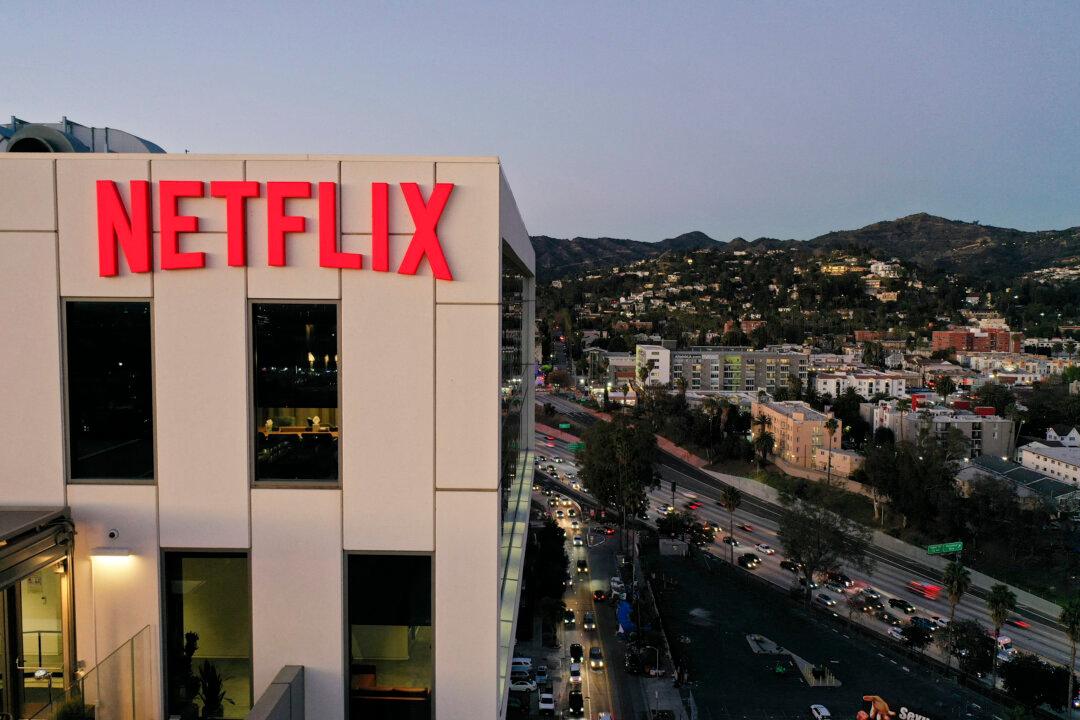Chipotle’s same-store sales declined in the first quarter for the first time since the COVID-19 pandemic, as consumers appear to be cutting back on spending to save money amid economic uncertainty. Despite price hikes, the company said its meals were still affordable and priced lower than the competition.
However, comparable restaurant sales decreased by 0.4 percent, and the restaurant-level operating margin was 26.2 percent, down from 27.5 percent.
The decline in same-store sales is a significant turnaround from the fourth quarter of 2024, when comparable restaurant sales rose by 5.4 percent and operating margins increased slightly.
“We could see this in our visitation study, where saving money because of concerns around the economy was the overwhelming reason consumers were reducing the frequency of restaurant visits,” Chipotle CEO Scott Boatwright said.
This claim is consistent with several consumer surveys from the University of Michigan and The Conference Board, which portray a cloudy outlook for U.S. households due to elevated inflation, growing concerns about the state of the labor market, and mounting debt.
While weak consumer spending compressed same-store sales, higher costs squeezed profit margins. Food, beverage, and packaging costs account for 29.2 percent of total revenue in the first quarter, up from 28.8 percent a year earlier.
That’s due to inflation and menu changes, which required higher usage of several items, including avocados, dairy, chicken, and a protein mix.
Meanwhile, labor costs were 25 percent of total revenue, up from 24.4 percent in the first quarter of 2024.
The increase in food and labor costs was partially offset by the benefit of menu price hikes in 2024 and, to a lesser extent, benefits from initiatives to streamline the supply chain.
Price hikes could be another factor behind the decline in customer visitation to the company’s stores, as customers sought cheaper meals in competing products.
However, management set this factor aside, arguing that the average cost of its popular chicken burrito meal remains under $10, 20–30 percent below comparable meals.
Boatwright struck a positive tone about the company’s future.
“I am confident that we have a strong plan to return to positive transaction [comparable sales] by the second half of the year, and during these uncertain times, we will continue to invest in the things that make Chipotle a special brand—our people, culinary, value proposition, innovation, and growth,” he said.
Part of the company’s plan to return to positive transactions is running successful restaurants with a “people-accountable culture” that provides exceptional food with integrity, he said.
In addition, the company plans to amplify technology and innovation to raise productivity; make the brand “visible, loved, and relevant”; recruit and retain talent; and expand customer access and convenience by opening new restaurants.
However, John Zolidis, president and founder of Quo Vadis Capital and a long-term follower of the restaurant sector, is skeptical about the company’s growth prospects.
“The Chipotle investment narrative hinges on the business performing as a long-term high-return on Investing Capital (ROIC compounder),” he told The Epoch Times via email.
“The discounted cash flow (DCF) scenario is based on an outlook for the company to eventually reach 7,000 units, producing average unit volumes (AUVs) of $4.0 [million] with a restaurant level margin (RLM) approaching 30 percent.”
Zolidis said this target is unrealistic, as total comparable sales and same-store sales transactions are expected to be negative in 2025, suggesting problems for the long-term store economic model.
“We won’t know whether [Chipotle’s] disappointing metrics are entirely macro-driven or a combination of macro and company-specific factors until we have more results and more context,” Zolidis said. “Following the results, we will continue to avoid CMG shares.”







